Should I use Native MySQL on MAC instead of XAMPP?
- Mysql Download For Mac Os X Sierra
- Download Mysql Extension
- Mysql Download For Mac Os X 10 10 Yosemite Download
- Mysql Database Software For Pc Free Download
- Mysql Download For Mac Os X 10 11 El Capitan Download
- Mysql Download For Mac Os X 10 0
I just installed MySQL on Mac OS X. The next step was setting the root user password, so I did this next: Launch the terminal app to access the Unix command line. Choose the “MySQL” preference panel, then click on the “Stop MySQL Server” button to stop MySQL Server on Mac. MySQL Workbench. MySQL Workbench is a unified visual tool for database architects, developers, and DBAs. MySQL Workbench provides data modeling, SQL development, and comprehensive administration tools for server configuration, user administration, backup, and much more. MySQL Workbench is available on Windows, Linux and Mac OS X.
XAMPP is a much simpler, fully integratedpackage which is a fit for the needs of this course. You can, however,substitute actual MySQL for the MariaDB used in XAMPP and use theremaining Apache/Php part of XAMPP, or, make separate installations ofthose components.Terminal shell, sudo, nano
It is important to be able to execute certain commands from the Terminal shell.On a MAC, as on other UNIX-like systems, administrative commands are usuallyprefaced by the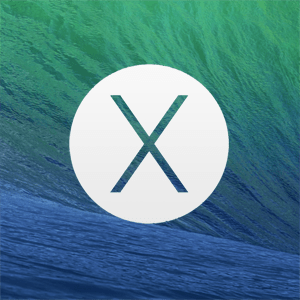 sudo command:If you've never used sudo, it requests that you enter the password for your computer login on initial usage within each shell.Occasionally you have to edit administrative files and it is often easiest to do so from the shell as well. I would recommend the nano
sudo command:If you've never used sudo, it requests that you enter the password for your computer login on initial usage within each shell.Occasionally you have to edit administrative files and it is often easiest to do so from the shell as well. I would recommend the nano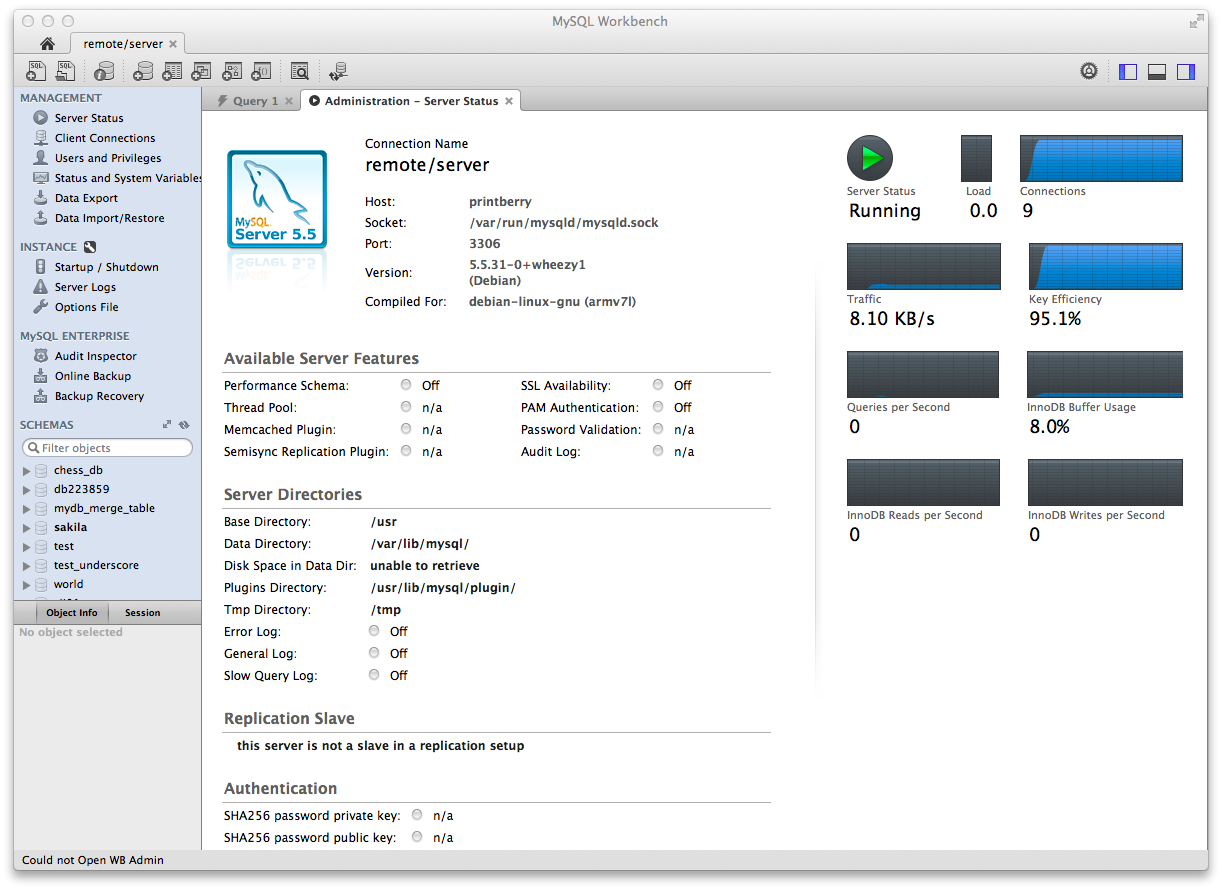 editor as the easiest to use:An alternative is to 'become root' and do the editing directly without the constantsudo qualifier. To do so, run:The hash prompt
editor as the easiest to use:An alternative is to 'become root' and do the editing directly without the constantsudo qualifier. To do so, run:The hash prompt Mysql Download For Mac Os X Sierra
# indicates that you are root and can do administrativetasks without the sudo qualifier.Prepare for mysql shell usage
Download Mysql Extension
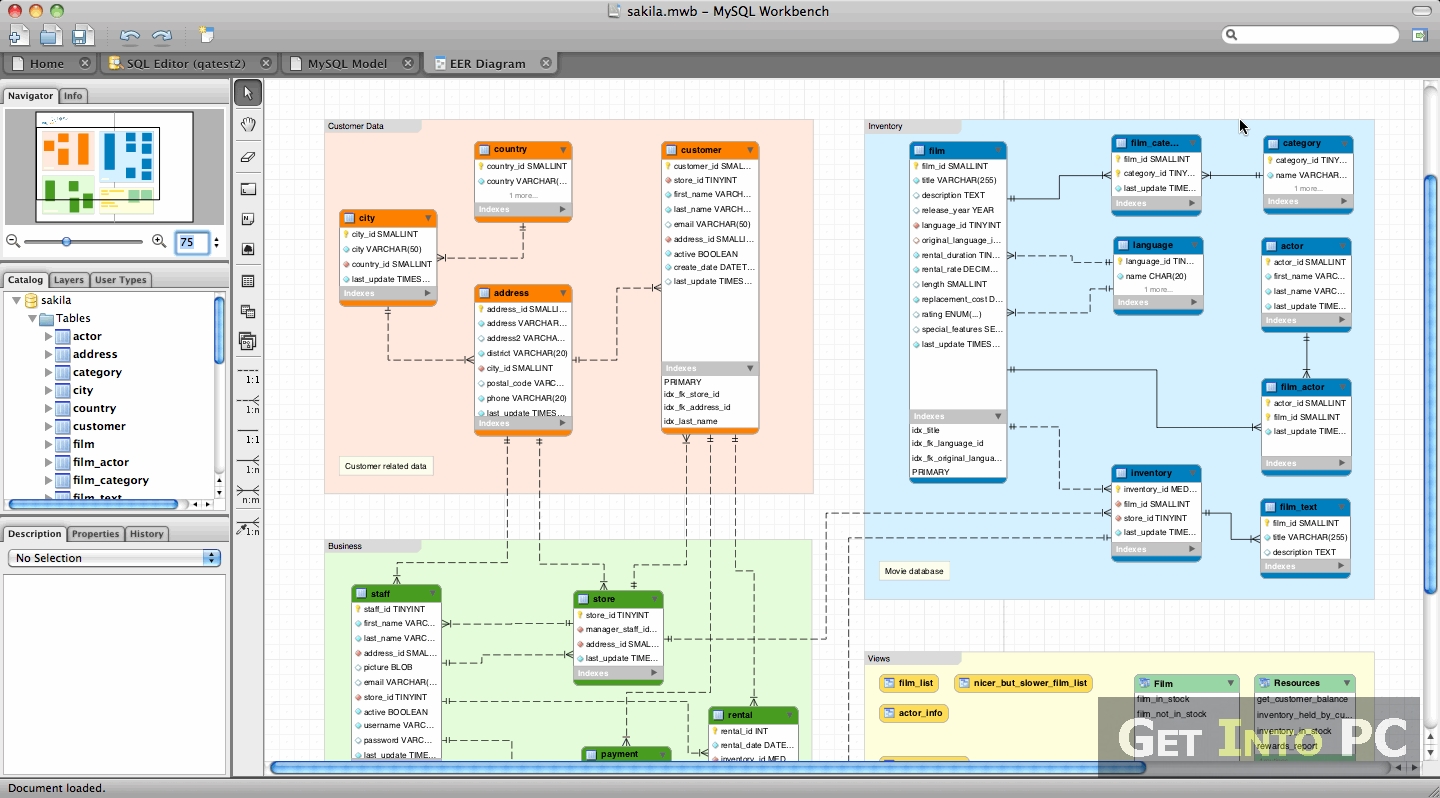 After installation, the mysql shell client will be:There are other useful client related client programs, all in the directoryand so it is a good idea to make them easily accessible. What youneed to do is add this directory to the executable PATH by adding thislineinto the 'appropriate' file: ~/.profile.Edit .profile by:In any case, add the one line:Be careful to have no spaces around the equals sign!Then quit this shell and start up another one. Test theeffectiveness of what you've done by typing this in the shell:You should see the /usr/local/mysql/bin component as thefirst component in the PATH variable.
After installation, the mysql shell client will be:There are other useful client related client programs, all in the directoryand so it is a good idea to make them easily accessible. What youneed to do is add this directory to the executable PATH by adding thislineinto the 'appropriate' file: ~/.profile.Edit .profile by:In any case, add the one line:Be careful to have no spaces around the equals sign!Then quit this shell and start up another one. Test theeffectiveness of what you've done by typing this in the shell:You should see the /usr/local/mysql/bin component as thefirst component in the PATH variable.MySQL Installation
This is a free MySQL community edition packageavailable (in other, perhaps later, versions) fordownload from the MySQL home site: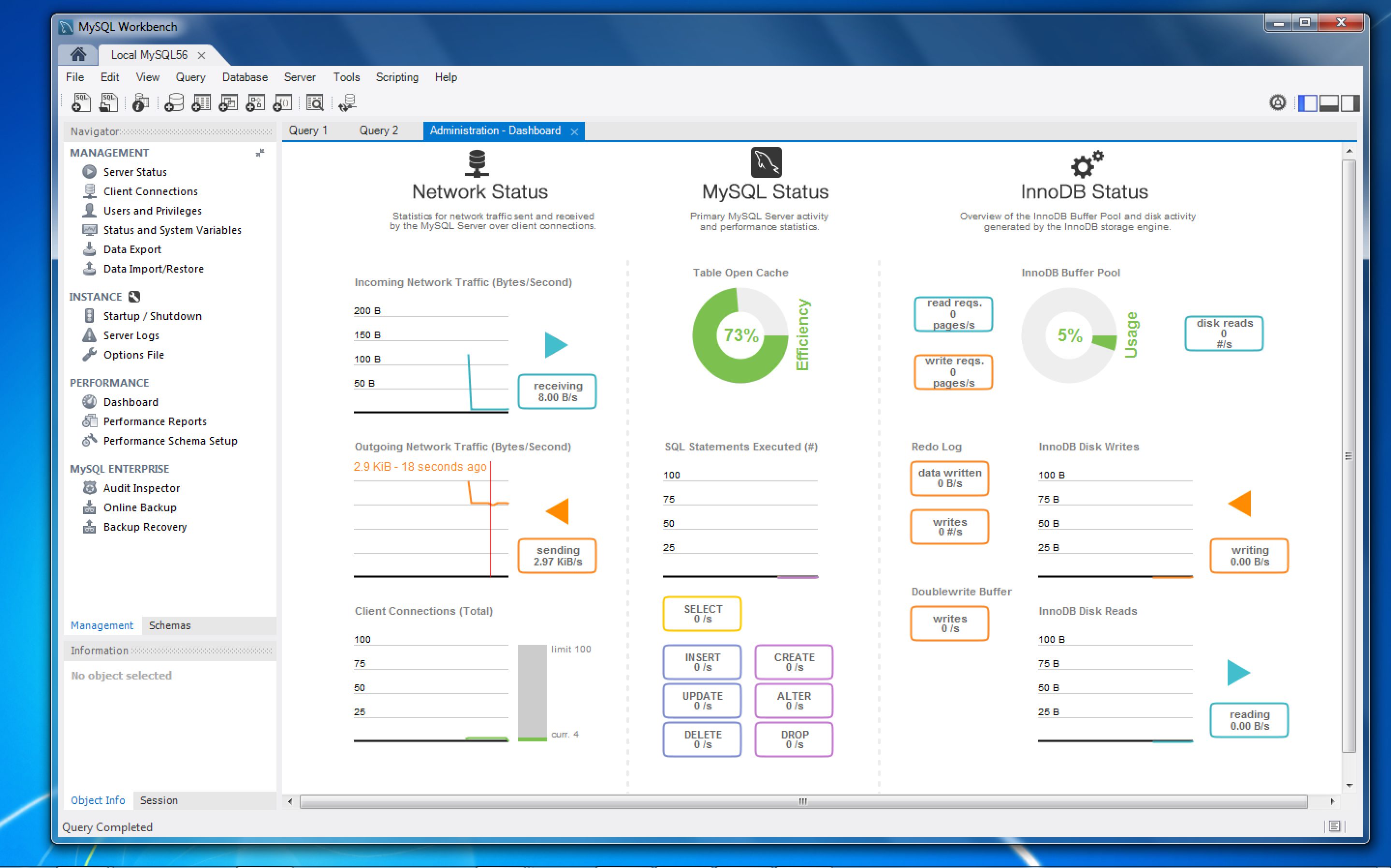
| Home: | http://www.mysql.com |
|---|---|
| Download: | http://www.mysql.com/downloads/mysql |
Server Control
Mysql Download For Mac Os X 10 10 Yosemite Download
As of this recent version of 5.7, running on recent versions of MAC OS X, there is a MySQL Control Panel found in System Preferences.Opening it reveals:It is self-explanatory how to use this, but you can effectively 'turn off'this version of MySQL to avoid competing with, say, the XAMPP installation.Mysql client executable access
As indicated in the above section, add this PATH componentYou can check that the executables are in place by:Initially get in by:Once you're in reset the password (you cannot do anything until you've done so):Don't use your login password! This one is of much lesser importance.Test it:Password-less access
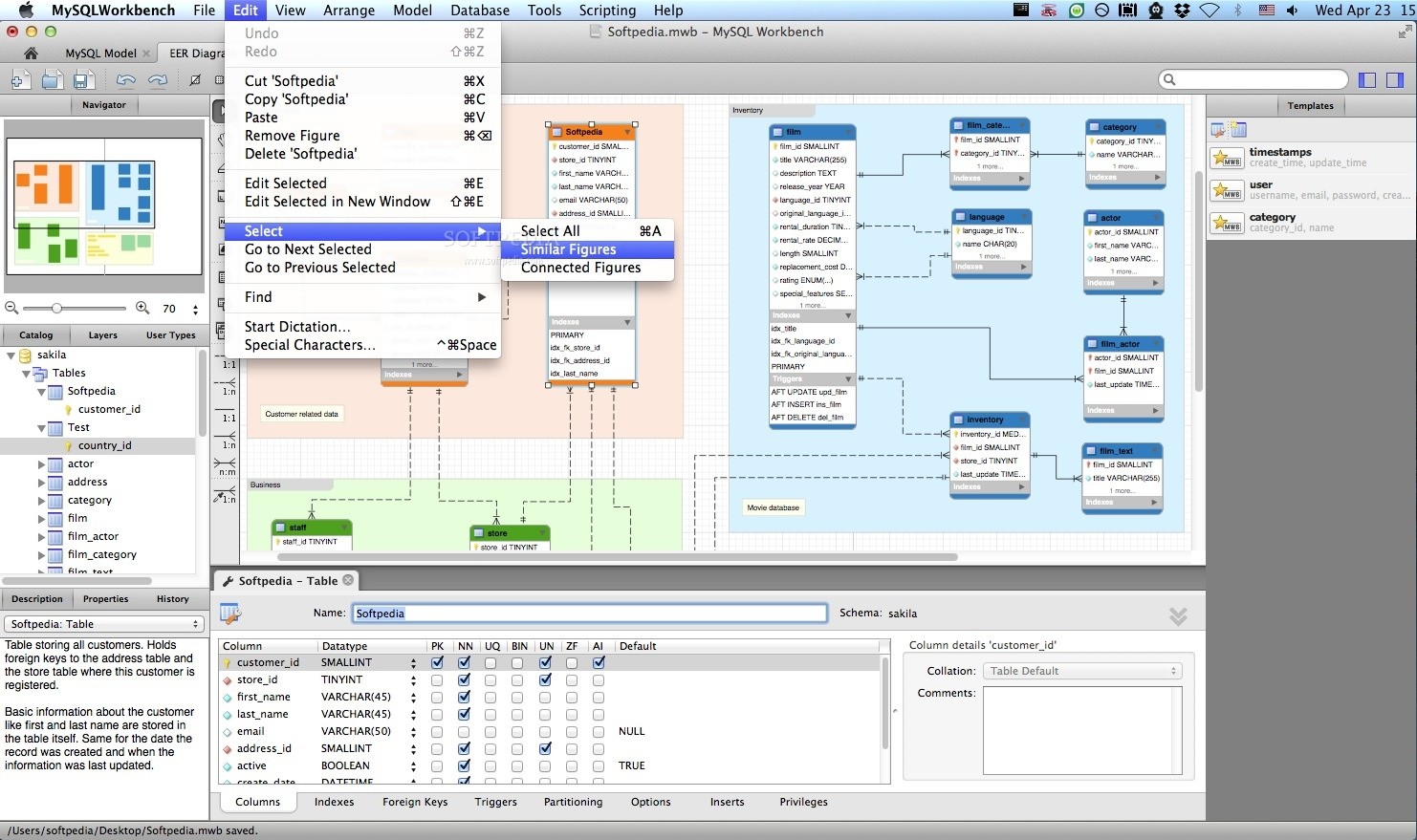 Instead of trying to remember this MySQL root password, create the following convenience filein your home directory(adjust if you have single quotes in your NEW-PASSWORD):
Instead of trying to remember this MySQL root password, create the following convenience filein your home directory(adjust if you have single quotes in your NEW-PASSWORD):~/.my.cnf